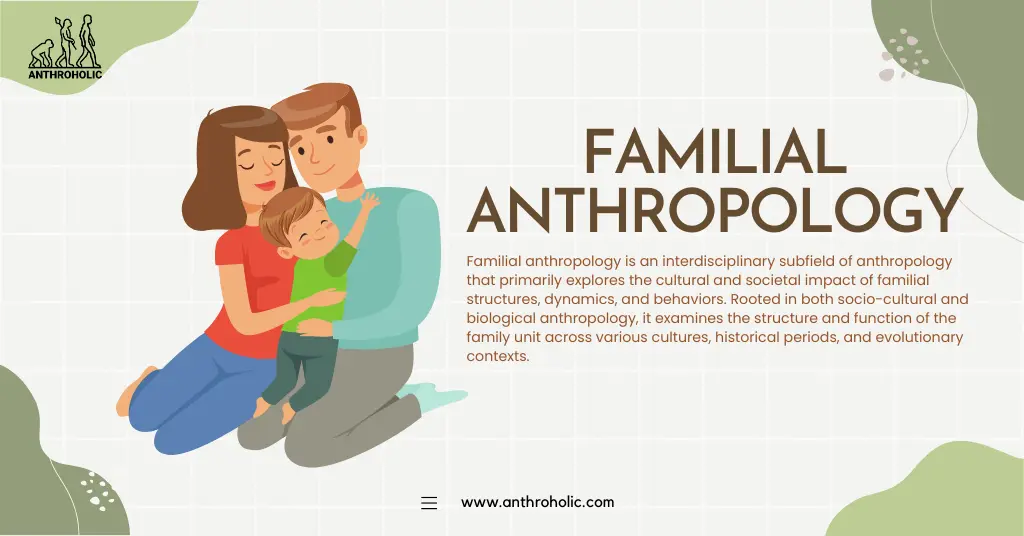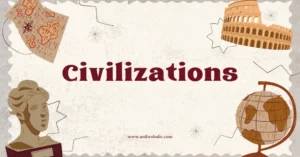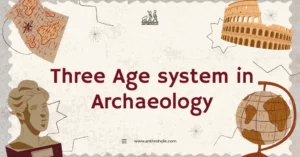AI Answer Evaluation Platform Live Now. Try Free Answer Evaluation Now
Familial Anthropology
Familial anthropology is an interdisciplinary subfield of anthropology that primarily explores the cultural and societal impact of familial structures, dynamics, and behaviors. Rooted in both socio-cultural and biological anthropology, it examines the structure and function of the family unit across various cultures, historical periods, and evolutionary contexts. The premise of this domain lies in the understanding that families are essential units of cultural transmission and socialization.

The Evolution of the Family Unit
Familial structures have been a key component of human societies for millennia. From the early human hunter-gatherer groups to the modern, often complex, family units, the concept of “family” has significantly evolved.
Prehistoric Era
In the prehistoric era, families were often organized around clan or kinship groups. These units were essential for survival, providing support in hunting, gathering, and defense. The structure was generally egalitarian, with roles distributed based on age, gender, and ability [1].
Agricultural Revolution
The advent of agriculture brought significant shifts in family dynamics. People settled in one place, leading to the establishment of households. The role of family expanded from survival to include maintaining property, leading to patriarchal structures for controlling property rights and inheritance [2].
Industrial Revolution
The Industrial Revolution marked a shift from agrarian family units to nuclear families. As more people moved to cities for work, the extended family system slowly receded. The family functioned as an emotional and economic unit, providing support, care, and socialization [3].
Postmodern Era
In the modern world, the family structure is more varied. Single-parent families, same-sex families, and child-free families are all recognized and accepted. The focus of the family has shifted from survival or economic sustenance to emotional fulfillment and personal development [4].
Role of Familial Structures in Societal Contexts
Familial structures are both shaped by and help shape societal norms and structures. They can reflect and reinforce gender roles, social hierarchies, and societal values.
- Gender Roles: Traditional familial structures often reinforced patriarchal norms, with men as breadwinners and women as caregivers. However, modern families see more egalitarian roles, with shared responsibilities for work and care [5].
- Social Hierarchies: In many societies, the family structure can reflect societal hierarchies. For example, caste or class can often influence marriage and kinship rules [6].
- Societal Values: The values and norms of a society are often mirrored in its familial structures. For instance, individualistic societies tend to favor nuclear families, while collectivist cultures favor extended family systems [7].
Biological Anthropology and Family
The role of biological factors in shaping familial structures is another important aspect. Familial bonds are not just sociocultural constructs, but are also influenced by biological and genetic factors.
- Kin Selection Theory: According to this theory, individuals are genetically predisposed to help relatives, especially those who share a significant proportion of their genes, like siblings or offspring [8].
- Sexual Selection and Mate Choice: The preference for certain traits in mates, leading to reproductive success and family formation, is influenced by genetic factors [9].
Table 1: Comparing Familial Structures Over Time
| Era | Family Structure | Key Roles |
|---|---|---|
| Prehistoric | Clan/kin groups | Survival, Hunting, Gathering, Defense |
| Agriculture | Households | Property maintenance, Inheritance |
| Industrial | Nuclear families | Economic support, Care, Socialization |
| Postmodern | Varied | Emotional fulfillment, Personal development |
Conclusion
Familial anthropology, an intersection of sociocultural and biological anthropology, provides critical insights into the evolution and societal impact of familial structures. Through the lens of familial anthropology, we can trace the historical shifts in family dynamics, examine the societal implications of different familial structures, and consider the biological underpinnings of our familial behaviors.
References
[1] Ember, C. R., & Ember, M. (2007). “Anthropology”. Pearson Prentice Hall. https://www.pearsonhighered.com/assets/preface/0/1/3/4/0134734033.pdf
[2] Coontz, S. (2005). “Marriage, a history: From obedience to intimacy, or how love conquered marriage”. Penguin.
[3] Mintz, S. (2004). “Huck’s raft: A history of American childhood”. Harvard University Press.
[4] Stacey, J. (2011). “Unhitched: Love, marriage, and family values from West Hollywood to western China”. NYU Press.
[5] Bittman, M., England, P., Sayer, L., Folbre, N., & Matheson, G. (2003). “When does gender trump money? Bargaining and time in household work”. American Journal of Sociology, 109(1), 186-214. https://psycnet.apa.org/doi/10.1086/378341
[6] Dumont, L. (1980). “Homo Hierarchicus: The Caste System and Its Implications”. University of Chicago Press.
[7] Hofstede, G., Hofstede, G. J., & Minkov, M. (2010). “Cultures and Organizations: Software of the Mind”. McGraw-Hill.
[8] Hamilton, W.D. (1964). “The Genetical Evolution of Social Behaviour I”. Journal of Theoretical Biology.
[9] Andersson, M. (1994). “Sexual Selection”. Princeton University Press.




